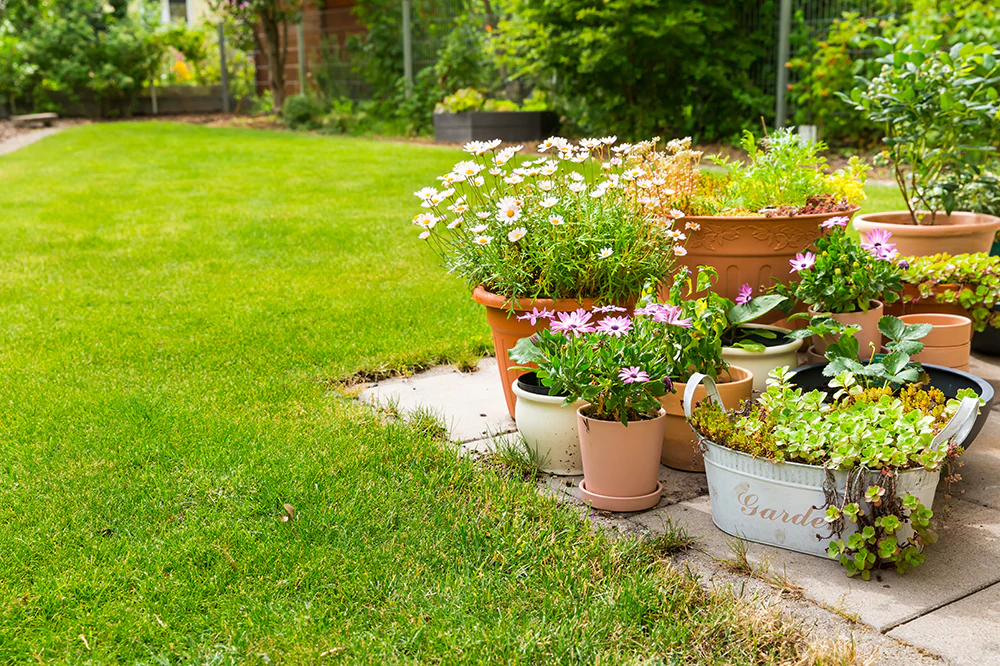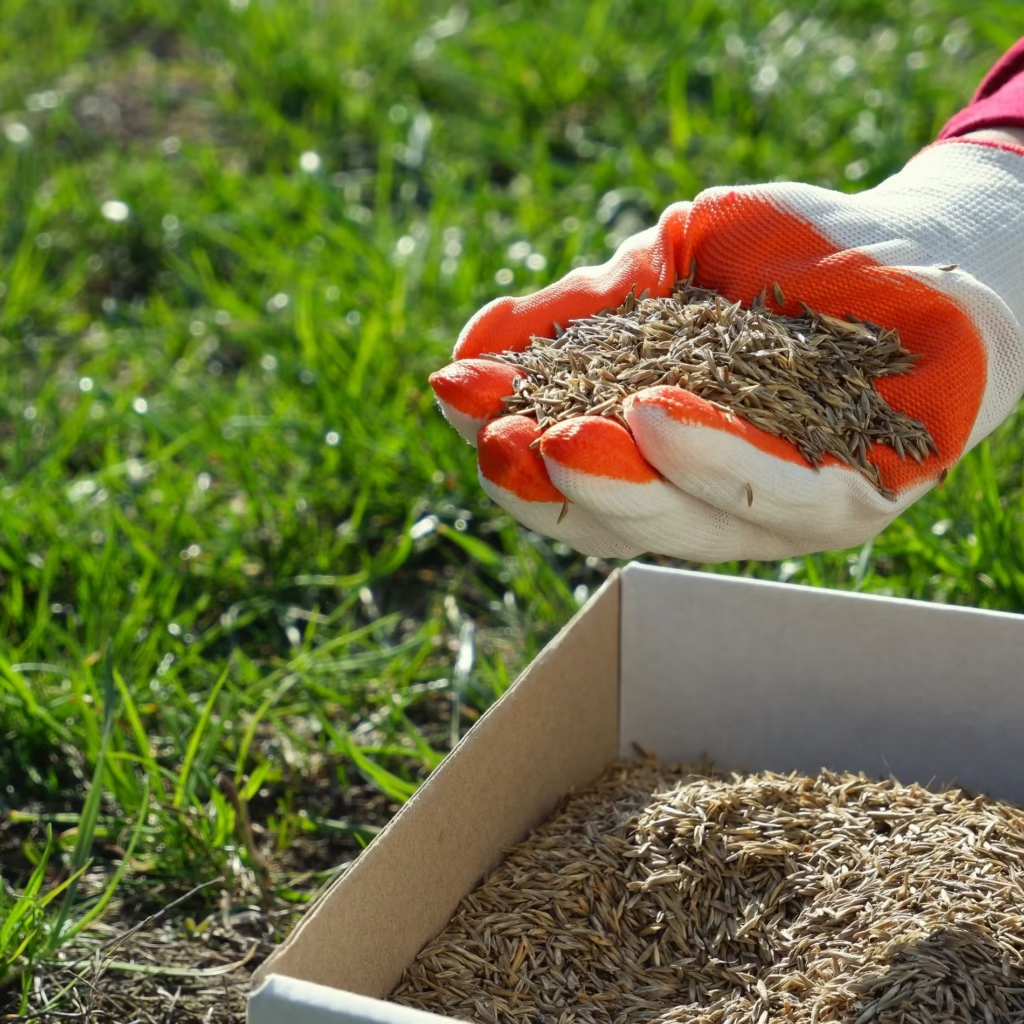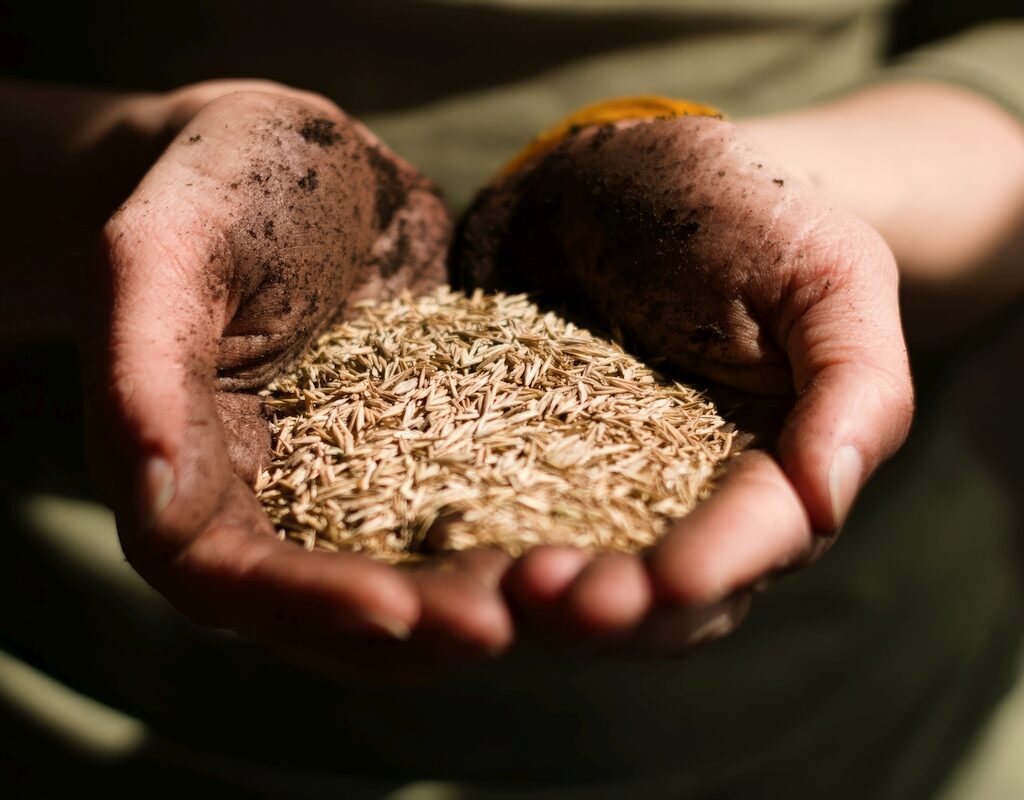Creating a lush, green lawn begins with one key decision—when to plant grass seeds. In India, where the climate ranges from tropical to temperate depending on the region, the success of your lawn hinges significantly on planting at the right time. Choosing the optimal season not only ensures better germination but also helps your grass establish strong roots that will thrive for years to come. In this guide, we’ll explore the best time to plant grass seeds in India, including climate considerations, regional tips, and essential care strategies.
Understanding India’s Climate Zones

India’s diverse geography affects the timing and type of grass that grows best. Here’s a quick overview of the major climate zones and how they influence your lawn planting schedule:
- Tropical (South India): Warm year-round, with distinct wet and dry seasons.
- Subtropical (North and Central India): Hot summers, cold winters, and a monsoon season.
- Temperate (Hill regions): Cooler year-round with frost in winters.
The Best Season: Monsoon (June to September)
Why It Works:
The monsoon season is widely regarded as the ideal time to plant grass seeds in most parts of India. Here’s why:
- Ample Moisture: Seeds need consistent moisture to germinate, and the rains provide exactly that.
- Warm Soil Temperatures: Grass seeds germinate best when the soil temperature is between 18°C to 30°C, which is common during the monsoon.
- Active Growth Window: There’s enough time for grass to establish itself before the cooler months arrive.
Suitable Grass Types for Monsoon Sowing:
- Bermuda Grass (Cynodon dactylon): Fast-growing and heat-tolerant, perfect for lawns across India.
- Carpet Grass: Ideal for shady areas, thrives in wet and humid regions.
- Zoysia Grass: Slow-growing but dense and weed-resistant, suitable for tropical and subtropical zones.
Alternative Option: Early Spring (February to March)

In northern and central India, where winters are colder and monsoons might be harsh, early spring offers another good window to plant grass seeds. The soil starts to warm up, and early growth before the summer heat gives the grass a head start.
Benefits of Spring Planting:
- Avoids heavy monsoon washout of seeds.
- Good for cool-season grasses like Ryegrass or Fescue in hilly regions.
Seasons to Avoid Planting Grass Seeds
Winter (December to January):
- Soil temperatures are too cold for germination.
- Grass growth is dormant, and seeds won’t establish well.
Peak Summer (April to May):
- High temperatures (above 35°C) can dry out soil quickly.
- New grass struggles to survive extreme heat without intensive care.
How to Choose the Right Grass for Your Region

Your success depends not only on timing but also on selecting the right grass variety. Here are some popular options based on Indian regions:
North India (Delhi, Punjab, Uttar Pradesh):
- Best Time: Early Spring or Monsoon
- Grass Types: Bermuda, Kentucky Bluegrass, Ryegrass (cool-season areas)
South India (Tamil Nadu, Kerala, Karnataka):
- Best Time: Monsoon
- Grass Types: Bermuda, Carpet Grass, Zoysia
West India (Maharashtra, Gujarat):
- Best Time: Monsoon
- Grass Types: Bermuda, Zoysia
East India (West Bengal, Odisha, Assam):
- Best Time: Monsoon
- Grass Types: Carpet Grass, Bermuda
Hilly Regions (Himachal, Uttarakhand):
- Best Time: Spring
- Grass Types: Ryegrass, Fescue, Bluegrass
Step-by-Step Guide to Planting Grass Seeds

Whether you plant in spring or during the monsoon, follow these essential steps for the best results:
1. Prepare the Soil
- Remove weeds and debris.
- Loosen the top 2–3 inches of soil.
- Add compost or organic matter for improved fertility.
2. Level the Ground
- Rake the soil to ensure it’s level for even seed distribution and better water retention.
3. Sow the Seeds
- Spread grass seeds evenly using your hand or a spreader.
- For better coverage, sow in two directions (horizontal and vertical).
4. Cover the Seeds
- Lightly rake or cover the seeds with a thin layer of soil or mulch.
- Helps retain moisture and protect from birds.
5. Water Regularly
- Keep the soil consistently moist.
- Water lightly 1–2 times a day until seeds germinate (7–21 days depending on type).
6. First Mowing
- Wait until the grass is 3–4 inches tall before the first cut.
- Use sharp blades to avoid tearing young blades.
Post-Germination Care Tips

- Fertilization: After 3–4 weeks, apply a balanced fertilizer to encourage root growth.
- Weed Control: Avoid chemical weed killers until your grass is fully established (6–8 weeks).
- Mowing: Never cut more than 1/3 of the grass height in a single mowing.
- Watering: Gradually reduce watering frequency but increase the depth.
Expert Tips for a Greener Lawn
- Test Soil pH: Ideal pH for most grasses is between 6.0–7.0.
- Aerate the Lawn: Improves water and nutrient absorption.
- Use Mulch: Retains soil moisture and reduces temperature fluctuations.
- Overseed Annually: Keeps lawn thick and lush by filling bare patches.
- Avoid Foot Traffic: During germination, keep the area protected to avoid compaction.
Eco-Friendly Lawn Practices
- Rainwater Harvesting: Utilize rainwater for natural irrigation.
- Native Grasses: Choose local varieties for lower maintenance and better adaptability.
- Compost Tea: An organic liquid fertilizer to boost microbial health in soil.
Conclusion
The best time to plant grass seeds in India largely depends on your regional climate, but for most people, the monsoon season (June to September) is the golden window. By understanding your local conditions and choosing the right grass variety, you can establish a thick, green, and healthy lawn that’s both visually pleasing and environmentally friendly. Whether you’re greening a backyard or rejuvenating a garden lawn, proper timing and care are key to success.




